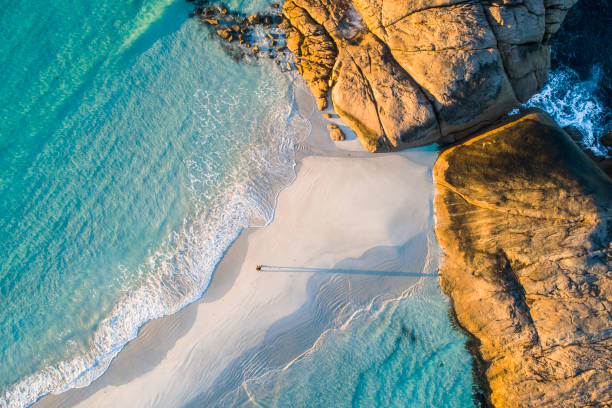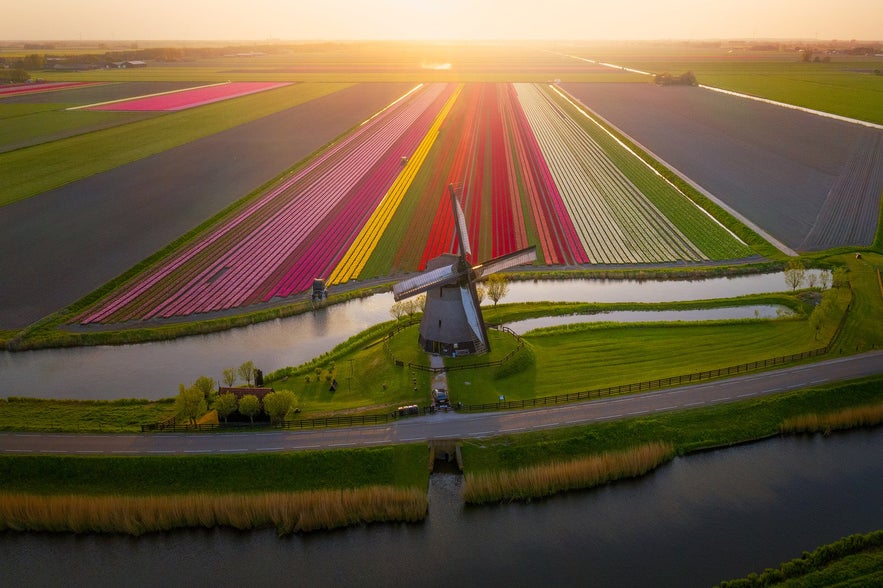Transform Your Perspective: The Art and Science Behind Drone Photography
Drone photography represents a significant intersection of artistic vision and technological development, allowing makers to capture perspectives previously unattainable. Comprehending the technicians of drone modern technology, from devices options to composition strategies, is essential for accomplishing engaging images. Moreover, considerations such as lighting and environmental problems can profoundly influence the last end result. As professional photographers refine their abilities in both aerial technique and post-processing, they open a richer narrative possibility. Yet, what genuinely differentiates reliable drone digital photography from mere aerial snapshots? Exploring this question discloses much deeper insights right into the craft and its advancing landscape.
Understanding Drone Innovation
Recognizing drone technology is vital for any person interested in harnessing its capabilities for photography. Drones, or unmanned aerial automobiles (UAVs), count on a combination of software and hardware to achieve flight and capture imagery. At their core, these devices are furnished with sensing units, cams, and navigating systems that permit them to fly autonomously or be regulated remotely.
The key components of drone technology include the flight controller, which offers as the mind of the drone, refining data from different sensing units to guarantee secure trip. Additionally, GPS innovation plays an essential function in navigation, enabling drones to adhere to pre-defined trip courses and keep their placement also in difficult problems.

Additionally, comprehending the regulative landscape surrounding drone use is essential, as it controls where and exactly how drones can be operated, ensuring safety and security and compliance. Familiarity with these facets of drone modern technology equips professional photographers to maximize their imaginative capacity while sticking to legal guidelines.
Essential Tools for Drone Photography
Picking the ideal equipment is critical for accomplishing outstanding lead to drone digital photography. At the heart of this configuration is the drone itself, which should be selected based on trip stability, electronic camera high quality, and ease of usage. Popular models usually include built-in high-def electronic cameras that record sensational aerial images.
Along with the drone, buying a high-quality cam is necessary. Numerous drones come equipped with cams with the ability of capturing in 4K resolution, however, for professional-grade outcomes, consider a drone that enables compatible cams or supports bigger sensing units. This versatility can significantly improve photo quality.
Stablizing is another vital aspect. A three-axis gimbal is suggested for smooth video, minimizing vibrations that can interfere with photo clarity. Extra batteries and a reliable charger guarantee prolonged flight time, enabling for even more thorough shoots (aerial photographer spokane).
Grasping Make-up Strategies
Understanding make-up strategies is basic to boosting your drone digital photography from average to extraordinary. A well-composed photo records the visitor's focus and shares an effective story.
One of the vital principles to consider is the rule of thirds, which involves separating your structure right into a grid of 9 equivalent components. Placing crucial elements along these lines or at their junctions creates visual interest and balance. Additionally, leading lines can guide the viewer's eye through the photograph, accentuating the subject and adding deepness.
Another efficient strategy is mounting, where natural environments such as buildings or trees frame the subject, boosting the centerpiece. This approach not just gives context but likewise creates a sense of intimacy within the scene.

Lastly, constantly bear in mind the horizon line. A jagged perspective can distract and take away from an or else fascinating image. By understanding these structure techniques, you can considerably enhance the effect of your drone photography.
Lights and Weather Factors To Consider
In drone photography, the interaction of illumination and climate can substantially influence the top quality and state of mind of your images. Optimal lighting problems are vital; the click here for info golden hours-- soon after sunup and before sundown-- supply soft, diffused light that improves shades and reduces rough shadows. Throughout these times, the landscape appears a lot more vibrant and lively, permitting spectacular aerial shots.
On the other hand, overcast skies can create a flat, soft scheme, yet they can likewise offer even lighting that lowers contrast and highlights details in the setting. This can be helpful for capturing appearances in metropolitan setups or detailed patterns in nature.
Weather condition problems, such as snow, haze, or rain, can also add special components to your photography. Fog can produce a feeling of enigma, while rain can improve shades and saturate the landscape. It is crucial to think about the security of your drone; flying in unfavorable weather condition conditions can lead to equipment damage or loss of control.
Inevitably, understanding just how lights and climate influence your airborne shots enables you to select the suitable problems for your drone digital photography, guaranteeing visually striking and compelling images.
Post-Processing Advice
After catching stunning aerial images, the following step includes refining those shots with post-processing. This vital stage boosts the aesthetic influence of your photographs, allowing you to highlight the distinct point of views that drones provide.
Start with software application devices like Adobe Lightroom or Photoshop, which use robust editing and enhancing abilities. Begin by fixing exposure and white equilibrium to guarantee that your colors show up true to life. Make use of pie chart checks to accomplish optimal illumination levels, avoiding too much exposure or loss of detail in shadows.
Following, boost contrast to add deepness to your images. Readjusting clearness can sharpen vital information without introducing sound, which is especially useful in aerial shots where texture plays a significant role. Don't avoid chopping; this can assist focus the audience's focus on the main subject.
Consider applying a minor vignette to lead the audience's eye toward the facility of the photo. By understanding these post-processing techniques, you can raise your drone digital photography to new heights.
Final Thought

What genuinely distinguishes click for more effective drone digital photography from plain aerial snapshots? Many drones come outfitted with electronic cameras my site capable of capturing in 4K resolution, however for professional-grade results, think about a drone that allows for interchangeable cameras or sustains larger sensors. By mastering these make-up methods, you can substantially improve the effect of your drone photography.
In drone digital photography, the interplay of lighting and climate can considerably affect the quality and mood of your photos (real estate drone photographer). By grasping these post-processing techniques, you can boost your drone photography to brand-new heights